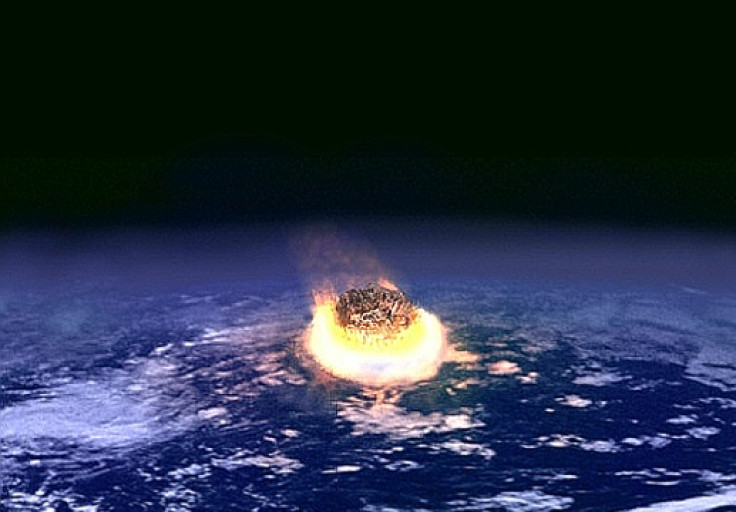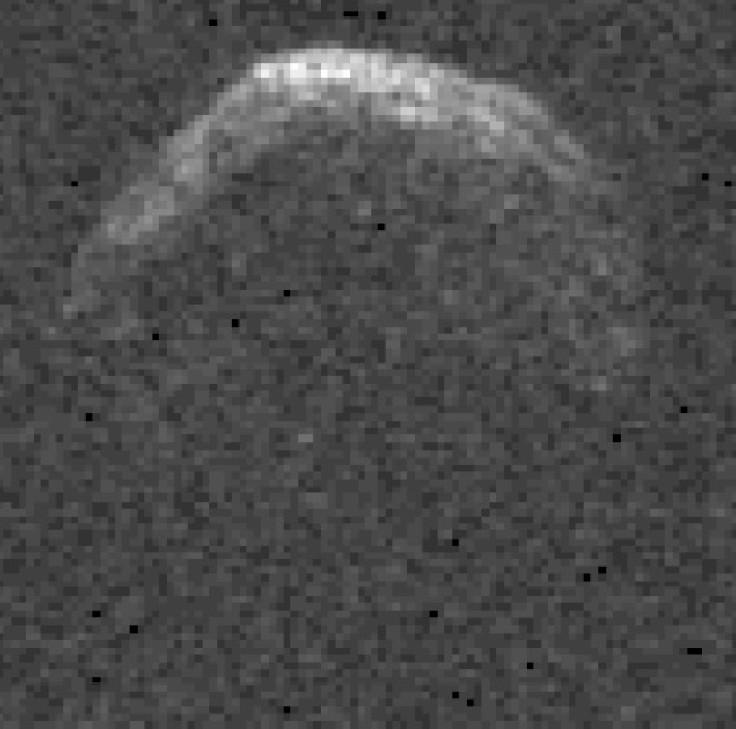Asteroid 2014 UR116 poses NO THREAT to Earth – it's the ones we don't know about that do

Reports that a 400m asteroid is going to hit Earth causing catastrophic damage in the process are unfounded, Nasa has said.
A Russian documentary claims that asteroid 2014 UR116 – which was discovered in October – could be on its way to Earth because of the gravitational pull from Mercury or Venus.
Scientist Vladimir Lipunov said: "We should track it constantly. Because if we have a single mistake, there will be a catastrophe."
However, the threat is unfounded, experts quickly said. A statement from Nasa said: "Some recent press reports have suggested that an asteroid designated 2014 UR116, found on October 27, 2014, at the MASTER-II observatory in Kislovodsk, Russia, represents an impact threat to the Earth.
"While this approximately 400-meter sized asteroid has a three year orbital period around the sun and returns to the Earth's neighbourhood periodically, it does not represent a threat because its orbital path does not pass sufficiently close to the Earth's orbit."
The space agency said this was also re-confirmed by Tim Spahr, the director of the Minor Planet Centre in Cambridge Massachusetts, who re-computed the asteroid's orbit after noticing it was the same as another object observed six years earlier.
"Using both sets of observations, the future motion of this asteroid was carried further forward in time using the automatic computations made by the Sentry system at Nasa's Near-Earth Object Program Office at the Jet Propulsion Laboratory. These computations rule out this object as an impact threat to Earth (or any other planet) for at least the next 150 years."
How many potentially threatening asteroids are there?

Around 25 million meteors enter Earth's atmosphere every day. While most burn up, around one million kilograms of space debris falls to Earth every day.
So far, around 12,000 near-Earth objects have been discovered, with over 800 of these having a diameter of 1km or lager. Nasa also says that 1,500 of these are classified as potentially hazardous asteroids (PHAs).
One of the best known asteroids at risk of striking Earth is 1950 DA. At around 1.4km, it is expected to pass Earth in 2880 and if it struck, the damage would be huge. Currently, the odds of the asteroid hitting Earth are about one in 4,000.
"If it is eventually decided 1950 DA needs to be diverted, the hundreds of years of warning could allow a method as simple as dusting the surface of the asteroid with chalk or charcoal, or perhaps white glass beads, or sending a solar sail spacecraft that ends by collapsing its reflective sail around the asteroid. These things would change the asteroids reflectivity and allow sunlight to do the work of pushing the asteroid out of the way.
"There is no reason for concern over 1950 DA. The most likely result will be that St. Patrick's Day parades in 2880 will be a little more festive than usual as 1950 DA recedes into the distance, having passed Earth by."
What should we be concerned about?
While asteroids 2014 UR116 and 1950 DA pose little to no risk to Earth, there is cause for concern about the PHAs we do not yet know about.
Launching Asteroid Day earlier this month, astrophysicist and Queen guitarist Brian May said we are "living on borrowed time" before a life-threatening impact.
"The more we learn about asteroid impacts, the clearer it becomes that the human race has been living on borrowed time. We are currently aware of less than 1% of objects comparable to the one that impacted Tunguska, and nobody knows when the next big one will hit. It takes just one."
Lord Martin Rees, the UK Royal Astronomer at the London Science Museum, said: "The ancients were correct in their belief that the heavens and the motion of astronomical bodies affect life on Earth – just not in the way they imagined. Sometimes those heavenly bodies run into Earth. This is why we must make it our mission to find asteroids before they find us."
© Copyright IBTimes 2024. All rights reserved.






